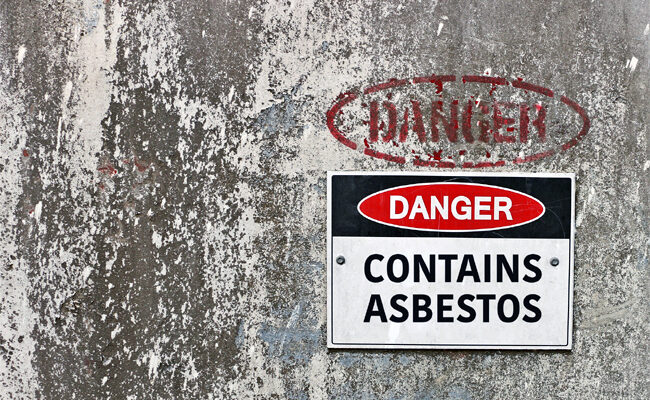
Have you ever watched one of those home improvement shows where they knock down a wall or remove something in an old house, just to find that the owners have been living with poisonous asbestos for decades?
While historic homes offer charm you can’t get with new builds, they also come with some unwanted issues – some that can permanently harm your health. And while finding asbestos in homes is uncommon now, since there are more inspections required when you buy and sell property, it’s not unheard of to find some during a remodel – no matter how minor.
But how will you know if you have it? What does it look like? Where do you look? We’re answering those questions in the guide below.
Which Homes are at Risk of Asbestos?
If your home was built after 1980, it’s unlikely that you have this unwelcome chemical in your walls. But if it was built before 1980 or within a few years after that cut-off, it’s worth getting someone to come over and screen your home as soon as possible.
If you live in a really old home, built before 1900, you likely don’t have asbestos, but you might be at risk for different types of mold, or lead pipes. Always do an extra-intense home inspection when you buy a historic home.
Where is Asbestos Usually Found in the Home?
Asbestos was added to building materials to help with heat tolerance (such as insulation), to soundproof, as an additive in wiring products, in paint, and even in vinyl flooring.
That’s to say – it was pretty much used everywhere. Most of the places it was used, aside from paint and flooring, live behind closed walls, which is why it is so important to find a professional detector and asbestos removal company.
What Does it Look Like?
That’s the tricky thing. Asbestos under a microscope looks like long, white, crystalline hairs. But in real life, it’s mixed into products as a powder so it’s almost impossible to see with the naked eye unless you know what the product it was used in looks like.
That’s another reason it’s essential to get a professional to come to screen your home for this toxic household agent. While there are some DIY kits, if it’s one place in your home, it’s likely in tens or hundreds of others. If you’re worried about your family being exposed to this chemical, call a professional service as soon as possible.
Your health and your family’s health (and lungs) will thank you!
Asbestos in Homes: A Screening That Could Save Your Life
Yes, paying someone to scan your home for asbestos and then treating it (if it’s there) is pricy, but your health is priceless. Your home insurance may be able to help cover some of the costs if it’s found, too. Look through your policy to see what it says about asbestos in homes, or call your insurance agent to find a covered screening professional. If there’s a chance you can’t get the help you need to check for it, there’s testing kit for asbestos out there so you can do it yourself. Although, it’s always better to get a professional to do this.
And hey – best case scenario is that there’s none there, and you get to rest easy at night. What could be better than that?
For more household tips, follow our blog!
Leave a Reply